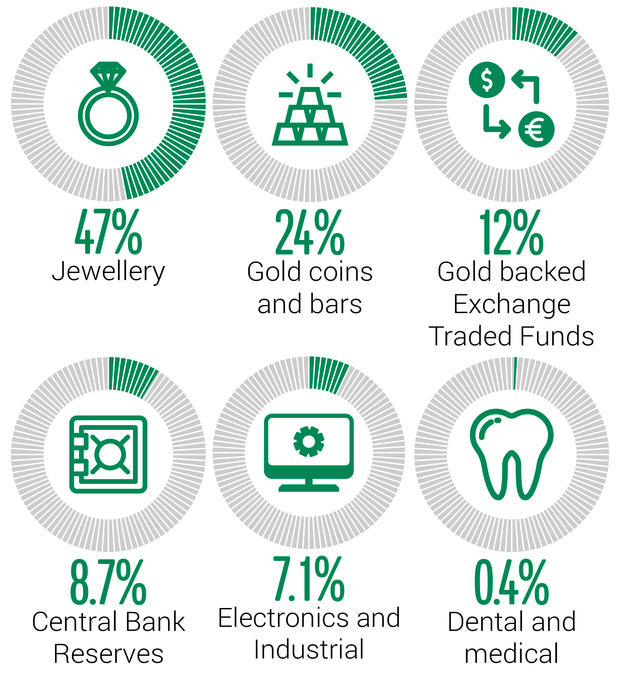A look at Western Australia

Australia is the second largest producer of gold in the world with 288 tonnes of gold produced in 2016-17.
There are currently 66 operating gold mines in Australia including 14 of the world’s largest, 11 of which are in Western Australia making it the country’s major gold producer, accounting for almost 70 per cent of Australia's total gold production. This means that if it was a country, Western Australia would be the fifth largest gold producer in the world.
The Yilgarn Craton in Western Australia’s Eastern Goldfields is Australia’s premier gold province with major Archean greenstone-hosted deposits. The discovery of gold in Western Australia led the development of an industry that has significantly contributed to the growth and development of the state. The state’s history of gold mining dates back to the first gold rush sparked by the discovery of the ‘Golden Mile’ at Kalgoorlie in the 1890s.
In 2016-17, gold was Western Australia’s second most valuable mineral sector (after iron ore) with $10.8 billion in sales – representing 12.3 per cent of total mineral sales.
More than 75 per cent of the State’s gold sales come from just ten producers.
Uses
Gold has a dual character as both a commodity and a monetary asset.

Australia is estimated to have the world’s largest gold reserves, with 9,500 tonnes or 17 per cent of the total world estimated gold reserves of 57,000 tonnes. Geoscience Australia estimates that 60 per cent of Australia’s gold reserves are in Western Australia.
Around the world, Russia and South Africa are estimated to have the next largest reserves with 14 per cent and 11 per cent shares respectively.
More detailed information about the performance of WA’s gold sector, and other commodities, can be found in the Western Australian Mineral and Petroleum Statistics Digest or in the latest resource data files.
Details about Western Australian gold mines, deposits of prospects can be found in the Geological Survey of WA’s Gold Commodity Summary.

